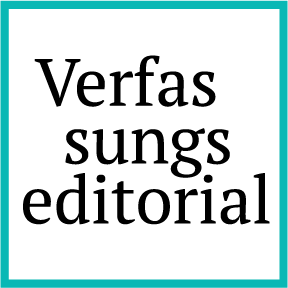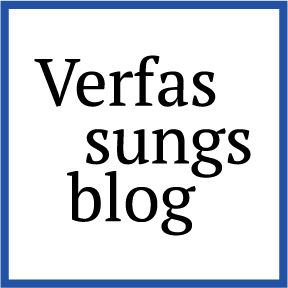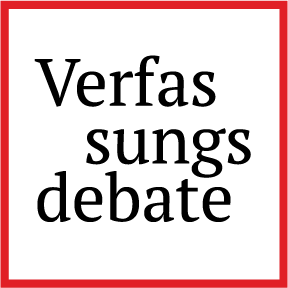Petro’s Schmittian Turn
On 11 June 2025, Colombian President Gustavo Petro issued a decree calling a national popular consultation on a package of long-stalled social reforms. The decree came after the Senate had explicitly rejected his formal request to hold such a vote – approval that is constitutionally required under Article 104 of the Constitution. This reveals something deeper and more dangerous: an increasingly Schmittian conception of democratic power, in which the president, claiming to represent a unified people, overrides institutional checks in the name of higher constitutional fidelity. Continue reading >>Trump’s Final Frontier?
Trump nominated Emil Bove III, a former attorney of his, to the United States Court of Appeals for the Third Circuit. The Bove nomination signals a turn away from the Federalist Society, the signature institution of the conservative legal movement. With it, the radical forces of the New Right movement are now making inroads into the inherently conservative judiciary. This is a development that could be a key step in consolidating Trump's power. Continue reading >>Trump 2.0 as ‘Dual State’?
Donald Trump’s radicalized efforts to transform US constitutional democracy into personalized executive-centered rule have again generated a predictable avalanche of invocations of Carl Schmitt. Less predictably, recent political commentators have turned to one of Schmitt’s contemporary critics, the mid-century socialist jurist and political scientist, Ernst Fraenkel, claiming that his account of the Nazi “dual state,” in which rule-based normative and discretionary prerogative legal spheres uneasily coexisted, provides a useful template for making sense of Trump 2.0’s highly selective rendition of legal fidelity. Continue reading >>Transnationale Disruption
Scheinbar hat der amerikanische Vizepräsident J. D. Vance bei seiner Rede am Freitagabend das Thema verfehlt, indem er die europäische Innenpolitik kritisierte. Es handelt sich allerdings nicht um einen diplomatischen Fauxpas, sondern um die Verkündung eines Programms an der Spitze eines transnationalen „Bewegungsstaates“. Ideologische Anleihen macht Vance bei Carl Schmitt, denkt dessen „Raumnahme“ aber im transnationalen Sinne weiter. Continue reading >>Conflating the Powers of the Commissarial and the Sovereign Dictator in Tunisia
On July 25, 2022, a year after Tunisian President Kais Saied declared a state of emergency and with only 28 percent of eligible voters participating, Tunisia ratified its new Constitution. Saied’s use of wide emergency powers to help sideline parliamentary opposition and support the constitution-making process, contradicts the underlying rational that emergency powers are needed in democratic states to defend the existing constitutional order against urgent and exceptional threats to the state. To preclude the potential misuse of emergency powers a state’s constitution should be designed to prevent the entity exercising emergency powers from simultaneously claiming that they represent the ‘broad popular will’ of the people. Continue reading >>Russia’s Eurasian Großraum and its Consequences
The available options for the German and Western policy towards Russia have to be based on the correct diagnosis of the causes of the conflict. The purpose of this analysis is to shed some light on the structural reasons for the Russian expansionism and make some projections on the possible long-tern consequences. The rivalry between the Russian-dominated space (Großraum – greater space) and the EU/NATO systems fuels an intense geopolitical antagonism in Europe, which can be transformed into actual conflict. I understand the Großraum in the sense of Carl Schmitt as a tightly managed sphere of interests, under the direct or indirect control of an authoritarian Great Power (infra II).
Continue reading >>


